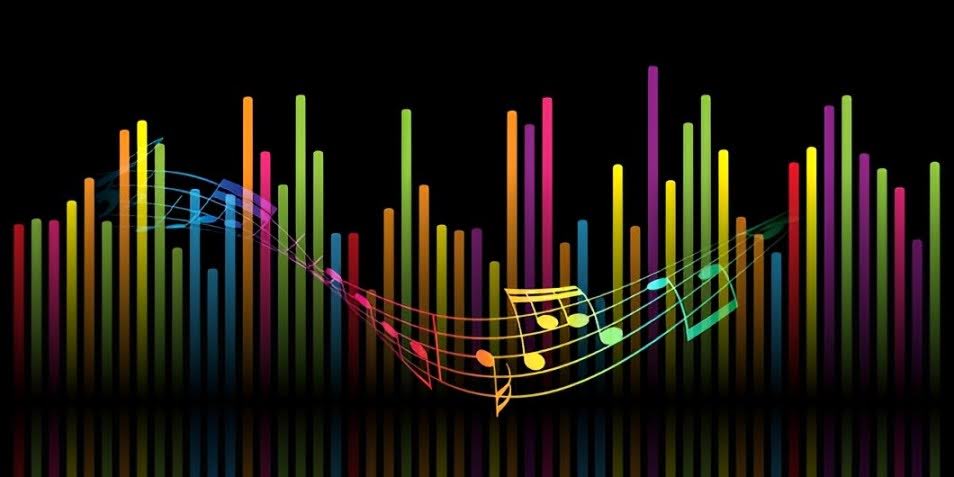Popular music charts are usually the best measure of the popularity of certain songs or artists. The Billboard, UK Singles Chart, or any other ranking system, charts determine hits, create trends in music, and determine the direction of an artist’s career. The availability of free music distribution platforms in India means independent artists are now privileged to spread their work. But what kind of figures are used for calculations in these charts? In this blog, we will look into how music charts are calculated.
What are Music Charts?
Music charts are records of songs, albums, or artists in a specific period based on sales, traffic rates, broadcasts on radio or TV, and public opinion and give information on what type of music is popular at the current time, which songs or albums are the most popular, and how the market is developing. An alphabetical list of charts that present data on record albums in genres of music like country, hip-hop, rock, etc. Many familiar lists are the Billboard Hot 100 for singles and the Billboard 200 for albums, available in almost every country; however, the most recognized are the U.S. Billboard charts.
Why Are Music Charts Important?
Music charts have always been essential for the music business, showing record sales and influence. Now you should know why music charts are so significant.
Popularity: Music charts provide what is in demand and what songs, albums, or artists are consumed more at any given time. The charts, record labels, artists, and other industry professionals determine the appeal of music to the general population. The best music distribution services help you attract more listeners for popularity.
Validation for Artists: Charting work is an interesting visual and a way to see if the audience responds positively to creations. It is that people are listening to their music, embracing it, and living a little differently afterward—which may be more than many bands can ever hope to achieve. The higher position on the chart may also result in better credibility and recognition in the market.
Competition and Motivation: Music charts also bring competition within the industry in which the same genre competes to get better positions on the charts, as all artists, producers, and labels want the highest positions. It tends to motivate rave, creativity, innovation, and even competitiveness amongst artists.
How Are The Music Charts Calculated?
Data Gathering:
Charts included record sales, which referred to compact discs or vinyl copies, but they shifted to download sales, which can be digital and physical sales of copies of albums or the sale of songs in an album. Other data sources are radio airplay, streaming data, and social media.
- Physical sales: These relate to the amount of physical copies of any format, such as compact discs, records, and tapes. Sales are slightly more relevant to album charts than singles charts, although they are also relevant to both.
- Digital sales: They are obtained from iTunes, Amazon, and other digital music download retailers. The sale of a song or an album is measured through the Internet in terms of several tracks or one release.
Normalisation and Weighting
A music chart's primary data have to be normalised and weighted so that streaming, sales, or airplay data are in proportion. By comparing elements of songs, assign priority to the importance of the numbers used to calculate performance. Some keys to this process include:
- Sales Data: Chart sales are the source of influence, but the system has changed and is not as dependent solely on it. Digital sales are reported and then matched to a calculation tool to convert downloads into ‘chart units'—a term that includes all forms of sales, streaming, and radio airplay.
- Streaming Data: Streaming is again favoured. For example, streaming on Spotify or Apple Music is valued more or less than YouTube video concerts based on whether the views are of the official music video or other randomly created videos.
- Radio Airplay: The number of people who have listened to the song on the radio and the audience in the radio stations that air it.
Chart Calculation
After all, technical parameters, industry numbers, and corresponding weights are determined weekly; key charts such as the Billboard Hot 100 use data collected from a seven-day tracking period. In the case of calculating a chart, all data gathered is normalised, depending on the data type. Here’s how the process typically works:
- Point system: The pure sales data and the streaming and airplay data are all turned into chart units, and the song with the most charting units for the week rises to the top. Each rating (sales, streaming, and airplay) is proportional to a song or album score.
- Adjustments: Different adjustments in charts handle cases, such as someone purchasing lots of the same song or multiple copies to increase its popularity. These affect the actual popularity of the song. The weights of all the metrics are adjusted depending on the specific period.
Aggregation
After normalisation, again the data is accumulated for each song or album. This score is the one that decides the place that gets revealed on the chart. After normalisation, each metric (sales, streams, and airplay) is summed into a single value. As an example, streaming data can be valued more than airplay when determining the rankings as presented by the Billboard Hot 100 chart or valued less than sales in the ranking represented by the UK Singles Chart.
Final Rankings
After data normalisation, data aggregation, and data scaling, the outcome is arranged based on the high ranking of songs or albums. Although music on the charts at the top and falling rapidly would be ranked differently to maintain a high ranking over an extended period, the latter is often given more weight by its longevity at the top.
Conclusion
Knowing how the charts work can also help us analyse the music industry and its market to understand why people are obsessed with the endless lists and figures determining success. Music distribution service selection is crucial, regardless of whether you are an independent music artist intending to get to the next level or an international music artist intending to hit the charts.



